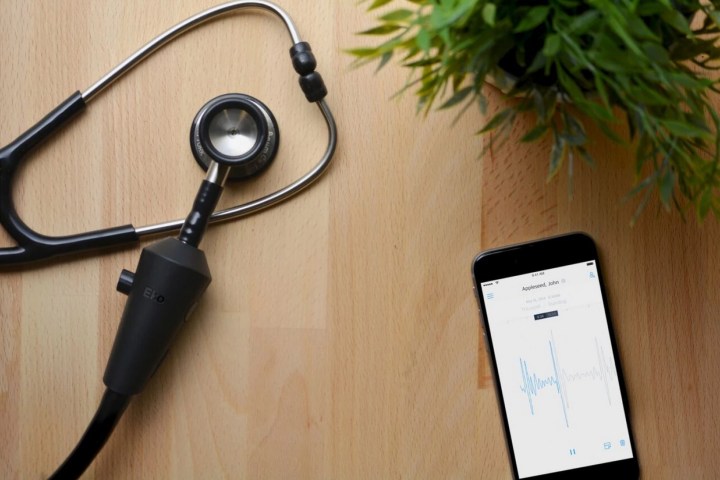
Developed by scientists at the Imperial College London who believe that a slight electrical shock to the head may be the cure to motion sickness, the idea behind the practice is to lessen activity in the part of the brain responsible for processing motion input. By way of the current, researchers believe that the brain may be less traumatized by the influx of potentially confusing information it receives during a turbulent ride, and would thereby alleviate many of the more problematic side effects of motion sickness.
In a statement, lead researcher Qadeer Arshad of the Imperial College noted, “We are confident that within five to 10 years people will be able to walk into the chemist and buy an anti-seasickness device. It may be something like a machine that is used for back pain. We hope it might even integrate with a mobile phone, which would be able to deliver the small amount of electricity required via the headphone jack.”
Preliminary tests have already proved successful, with volunteers who wore current-producing electrodes on their heads for 10 minutes while they sat in a chair that simulated a bumpy ride reporting that they were “less likely to feel nauseous and they recovered more quickly.”
As of now, the main treatments for motion sickness tend to be oral medications that solve for the problem by simply knocking the patient out altogether — sure, you’re not sick, but you’re also unconscious for most of the trip. This new app, the team hopes, will ensure that you can not only stay awake for the ride, but enjoy it as well.
So while it may still be a few years away from market, you now have something to look forward to, motion sickness sufferers. The end is near, and absolution feels so, so sweet.


